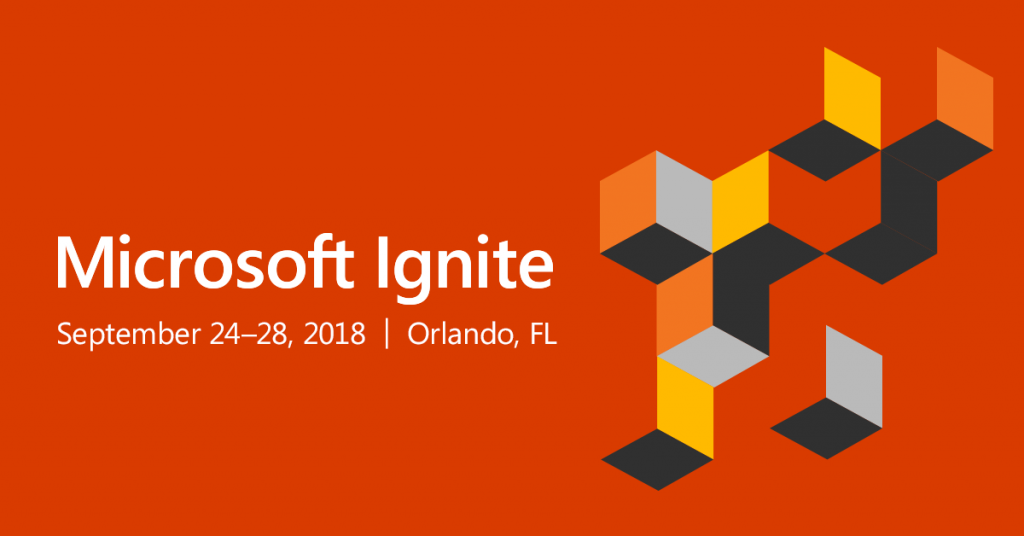Time is running out. Microsoft deadlines for SQL Server 2008 and Windows Server 2008 end of support are quickly approaching with Extended Support for SQL Server 2008 and 2008 R2 ending on July 9, 2019 and Extended Support for Windows Server 2008 and 2008 R2 ending on January 14, 2020. Don’t risk possible security or compliance gaps of unsupported software.
Security Options
End of support for these releases means the end of regular security updates. With cyberattacks becoming more sophisticated and frequent, running applications and data on unsupported versions can create significant security and compliance risks. With these risks and end of support dates coming soon, Microsoft has provided a cost-effective alternative to allow you to keep your 2008 release servers by migrating to the Azure cloud.
Read More












